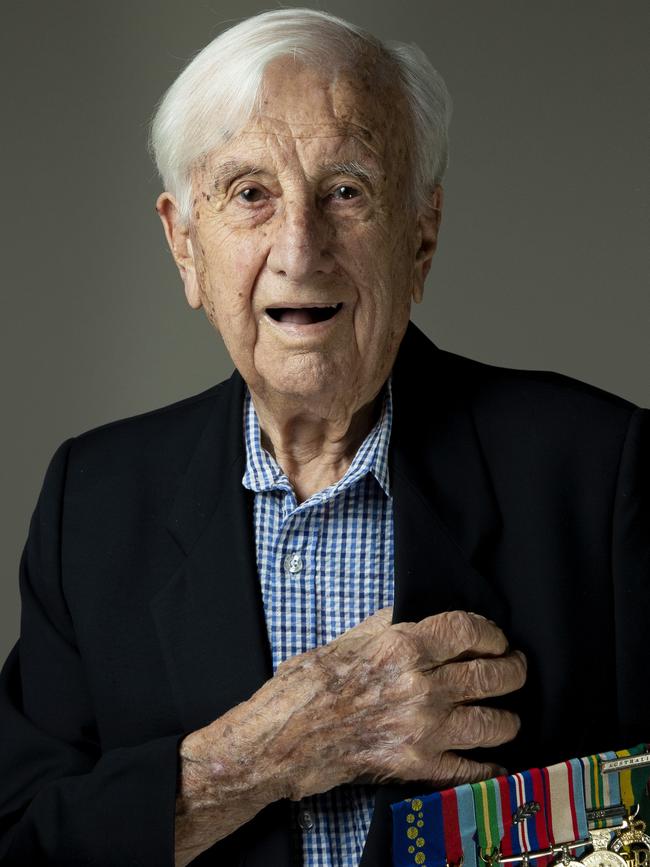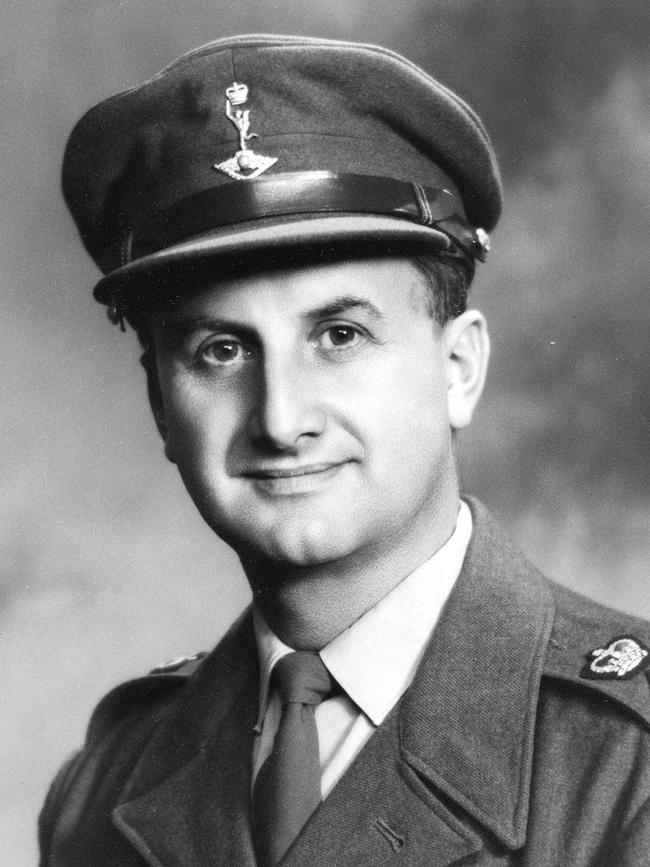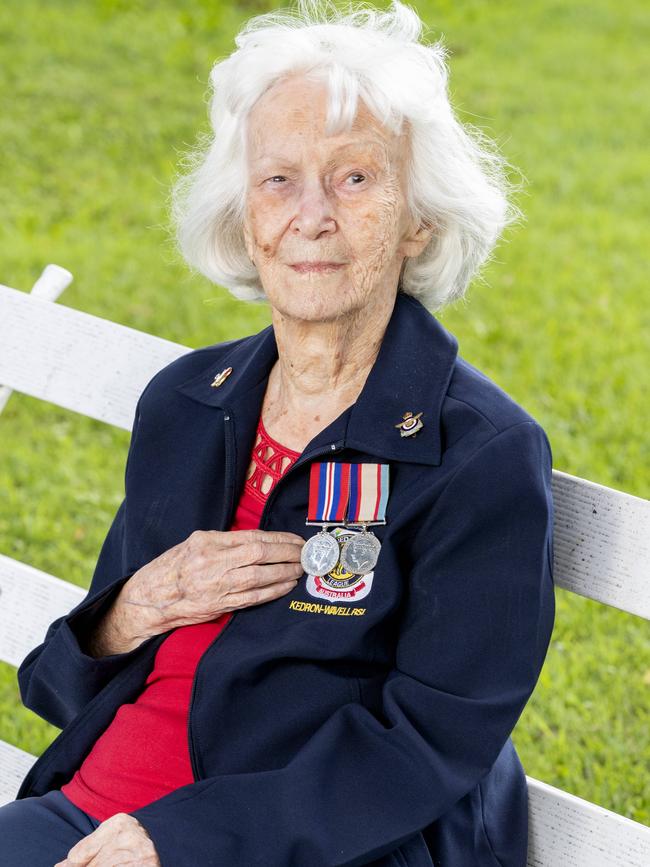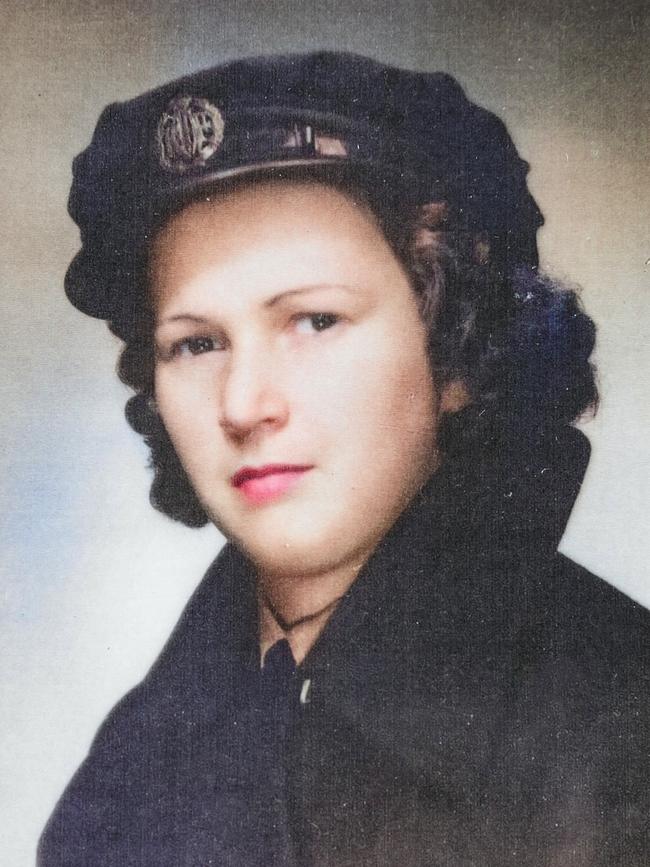‘They were defined as Australians’: World War Two veteran reflects ahead of Anzac Day
As another Anzac Day arrives, Queensland’s ranks of World War II veterans are ever thinner. We’ve spoken to two of these remaining living legends.
QLD News
Don't miss out on the headlines from QLD News. Followed categories will be added to My News.
World War II veteran John “Stan” Mellick grew up idolising soldiers from the Great War and wanted to follow in their footsteps.
But at 19, Mr Mellick was initially rejected from the Australian military after more senior applicants were considered.
He was able to serve his country six months later when he began full-time duty.
Mr Mellick went on to have a decorated career in the Australian military, which included a few years in Papua New Guinea.
During the last years of the war, Mr Mellick was also tasked with planning the capture of Rabaul.
While he investigated and planned this project for three months, the military never had to capture the township.
He returned to service as a Lieutenant Colonel in the late ’50s, and was placed in command of 401 Signal Regiment.
They were awarded the Princess Royal Trophy for efficiency in 1959.
After serving in the Australian war effort himself, the now 102-year-old began to march alongside those he looked up to in the Anzac Day parade.
But as Mr Mellick discussed, he never quite felt comfortable doing this because of the immense respect and admiration he had for those soldiers.
“It’s a remarkable story, Gallipoli,” Mr Mellick said.
“They were defined as Australians. Before that they were Queenslanders… New South Welshmen or Victorians.
“In World War I they were Australians. That made them stand taller.
“It made them proud because they had an identity.


“That’s not very often mentioned but that is what really motivated them as Australians.”
Mr Mellick had a brother who also served in the military, as well as some friends who went into captivity and others who sadly lost their lives in battle.
After returning to Queensland, he began marching in Brisbane City after his young daughter asked him why he didn’t participate in the parade.
He began marching alongside a hundred veterans of war, but as of a few years ago, Mr Mellick was the final member of his unit to attend.
“Bit by bit, over the years until about three, four years ago, I turned up and I was the only one. Only one in the unit behind the banner.
“A lass who must’ve been about 30 came over, she said, ‘I can’t see you march on your own. I’ll march with you.’
“I haven’t been back to Queen Street since to march again. But no other fellas are left, they’re all gone now.
When asked about what Anzac Day means to him, he responded by first just saying “remembrance”.
While he won’t be marching this year, he’ll spend the day by remembering those who have served our country.
“War is just war, day after day.
“It’s just a routine.
“I realised during wartime why we have names for days, otherwise it’s just an infinity of days.
“When you’re caught up in a show like that, you’ve got a lot of time to think and become overwhelmed by the immensity of what’s stretching in front of you.”


FEELINGS OF PRIDE MINGLED WITH LOSS
For 96-year-old Mavis Obst, Anzac Day is an important opportunity to reflect on how the military has impacted her life.
After working at an insurance office, Mrs Obst joined the Royal Australian Air Force in 1944.
After completing her initial training in Melbourne, she was sent to the Australian Defence Force Headquarters in Brisbane to work as a wireless telegraphist.
Many women served in the military as Morse Code specialists during the Second World War.
As the war veteran reflected, her role was a crucial part of the military as she was in constant communication with troops serving our country.
“Oh it was very important, I’ve forgotten it now of course,” Mrs Obst said.
“We were in touch with troops in the Pacific.”
While Anzac Day is a time to be a proud of her contributions to the military, Mrs Obst will also use the time to remember others.
Mrs Obst said that the day means “heaps” to her as she remembers her brother, who sadly lost his life in battle.
“I lost my brother in World War II so Anzac Day is tremendously important,” she said.
But Mrs Obst also found love during her time in the military, after meeting her husband Noel.
He worked as a transmitter for the RAAF.
The pair had been talking for a while before deciding to meet in person in 1945.
Mr and Mrs Obst continued their service for the rest of World War II before getting married.
“Where I was, we had to ring for a change of frequency every day and he was working at our transmitter,” she said.
“We got talking, met up in King George Square, and we got married in 1947.”
The couple had three children together, and were married up until Noel sadly lost his life in 2002.
But their family has continued to grow as Mrs Obst currently has six grandchildren, and six great-grandchildren.




